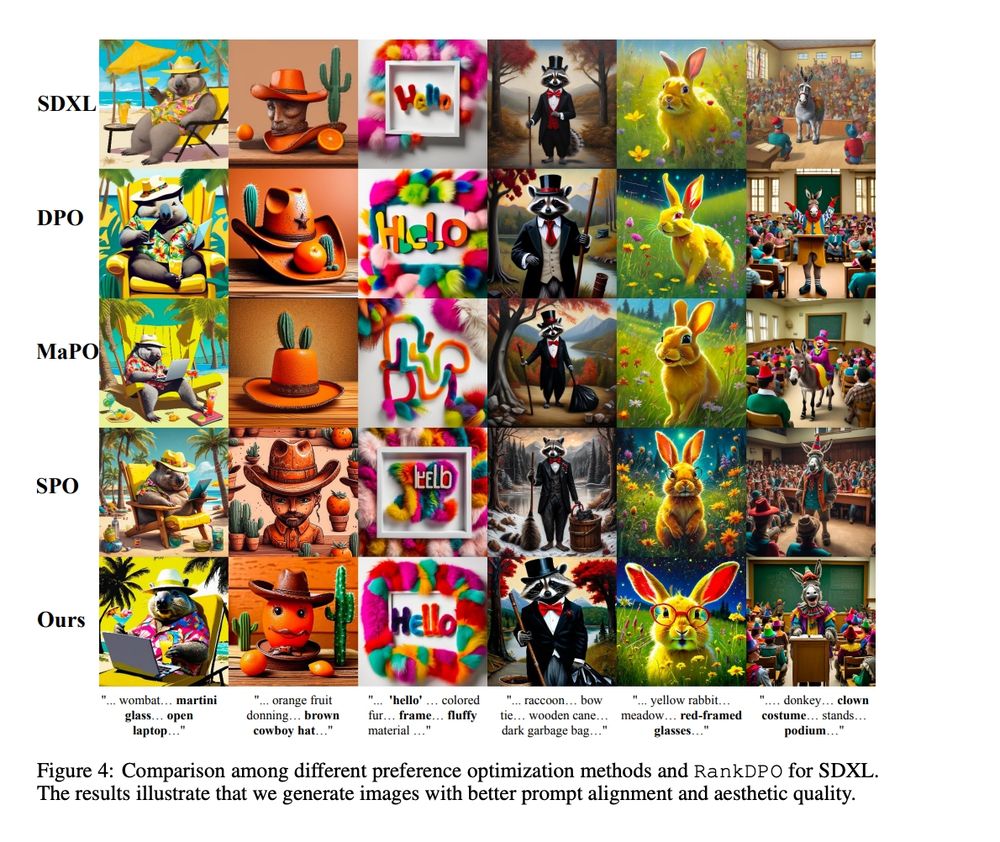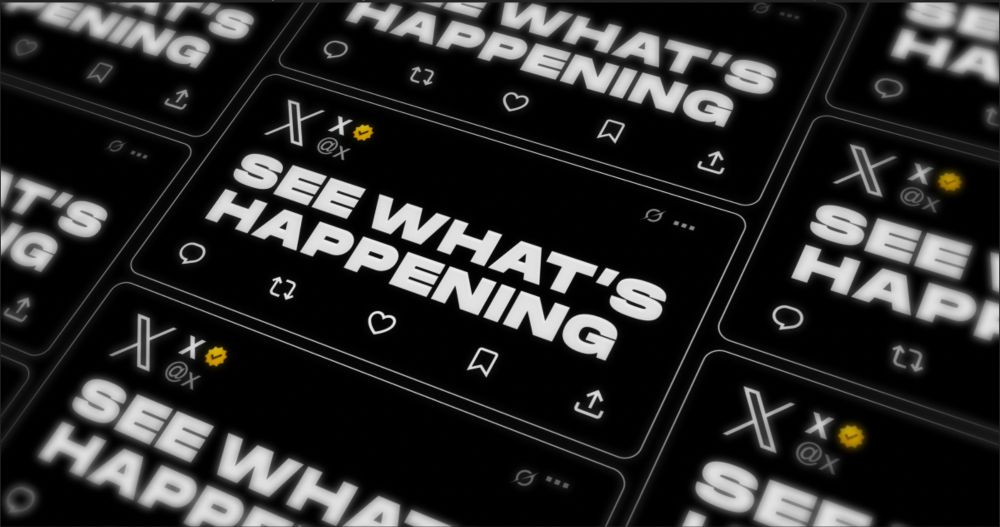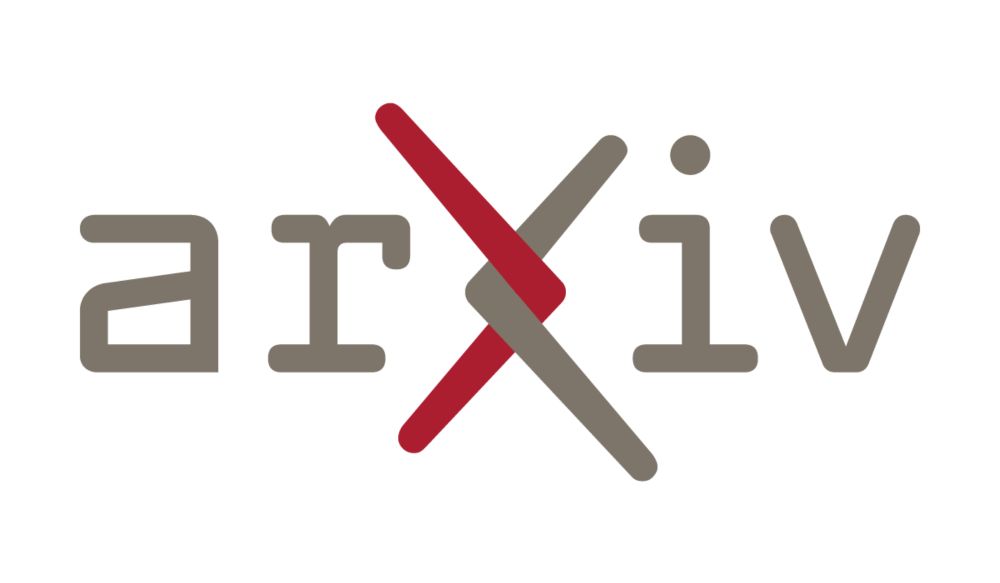



Scalable Ranked Preference Optimization for Text-to-Image Generation
@shyamgopal.bsky.social , Huseyin Coskun, @zeynepakata.bsky.social , Sergey Tulyakov, Jian Ren, Anil Kag
[Paper]: arxiv.org/pdf/2410.18013
📍Hall I #1702
🕑Oct 22, Poster Session 4

Scalable Ranked Preference Optimization for Text-to-Image Generation
@shyamgopal.bsky.social , Huseyin Coskun, @zeynepakata.bsky.social , Sergey Tulyakov, Jian Ren, Anil Kag
[Paper]: arxiv.org/pdf/2410.18013
📍Hall I #1702
🕑Oct 22, Poster Session 4


Using 33 classes & 45 concepts (e.g., wing color, belly pattern), SUB tests how robust CBMs are to targeted concept variations.

Using 33 classes & 45 concepts (e.g., wing color, belly pattern), SUB tests how robust CBMs are to targeted concept variations.
SUB: Benchmarking CBM Generalization via Synthetic Attribute Substitutions
@jessica-bader.bsky.social , @lgirrbach.bsky.social , Stephan Alaniz, @zeynepakata.bsky.social
[Paper]: arxiv.org/pdf/2507.23784
[Code]: github.com/ExplainableM...
📍Hall I #2142
🕑Oct 23, Poster Session 5

SUB: Benchmarking CBM Generalization via Synthetic Attribute Substitutions
@jessica-bader.bsky.social , @lgirrbach.bsky.social , Stephan Alaniz, @zeynepakata.bsky.social
[Paper]: arxiv.org/pdf/2507.23784
[Code]: github.com/ExplainableM...
📍Hall I #2142
🕑Oct 23, Poster Session 5
Please visit @lucaeyring.bsky.social 's thread for a wonderful illustration of the method👇
x.com/LucaEyring/s...

Please visit @lucaeyring.bsky.social 's thread for a wonderful illustration of the method👇
x.com/LucaEyring/s...
Noise Hypernetworks: Amortizing Test-Time Compute in Diffusion Models
@lucaeyring.bsky.social , @shyamgopal.bsky.social , Alexey Dosovitskiy, @natanielruiz.bsky.social , @zeynepakata.bsky.social
[Paper]: arxiv.org/abs/2508.09968
[Code]: github.com/ExplainableM...
Noise Hypernetworks: Amortizing Test-Time Compute in Diffusion Models
@lucaeyring.bsky.social , @shyamgopal.bsky.social , Alexey Dosovitskiy, @natanielruiz.bsky.social , @zeynepakata.bsky.social
[Paper]: arxiv.org/abs/2508.09968
[Code]: github.com/ExplainableM...


Concept-Guided Interpretability via Neural Chunking
Shuchen Wu , Stephan Alaniz, @shyamgopal.bsky.social , Peter Dayan, @ericschulz.bsky.social , @zeynepakata.bsky.social
[Paper]: arxiv.org/pdf/2505.11576
[Code]: github.com/swu32/Chunk-...
Concept-Guided Interpretability via Neural Chunking
Shuchen Wu , Stephan Alaniz, @shyamgopal.bsky.social , Peter Dayan, @ericschulz.bsky.social , @zeynepakata.bsky.social
[Paper]: arxiv.org/pdf/2505.11576
[Code]: github.com/swu32/Chunk-...



Sparse Autoencoders Learn Monosemantic Features in Vision-Language Models
Mateusz Pach, @shyamgopal.bsky.social , @qbouniot.bsky.social , Serge Belongie , @zeynepakata.bsky.social
[Paper]: arxiv.org/pdf/2504.02821
[Code]: github.com/ExplainableM...

Sparse Autoencoders Learn Monosemantic Features in Vision-Language Models
Mateusz Pach, @shyamgopal.bsky.social , @qbouniot.bsky.social , Serge Belongie , @zeynepakata.bsky.social
[Paper]: arxiv.org/pdf/2504.02821
[Code]: github.com/ExplainableM...
Disentanglement of Correlated Factors via Hausdorff Factorized Support (ICLR 2023)
@confusezius.bsky.social , Mark Ibrahim, @zeynepakata.bsky.social , Pascal Vincent, Diane Bouchacourt
[Paper]: arxiv.org/abs/2210.07347
[Code]: github.com/facebookrese...

Disentanglement of Correlated Factors via Hausdorff Factorized Support (ICLR 2023)
@confusezius.bsky.social , Mark Ibrahim, @zeynepakata.bsky.social , Pascal Vincent, Diane Bouchacourt
[Paper]: arxiv.org/abs/2210.07347
[Code]: github.com/facebookrese...

